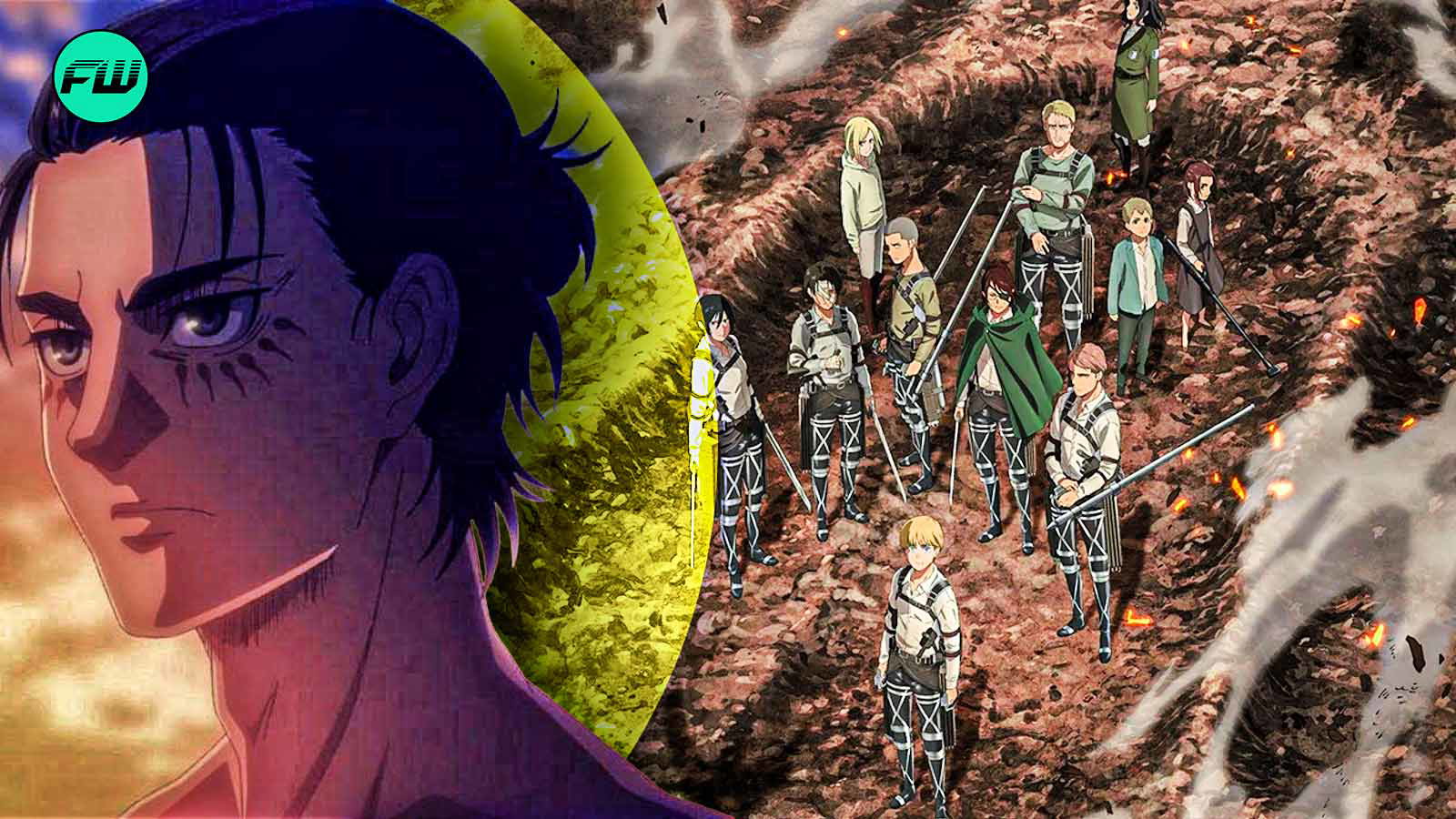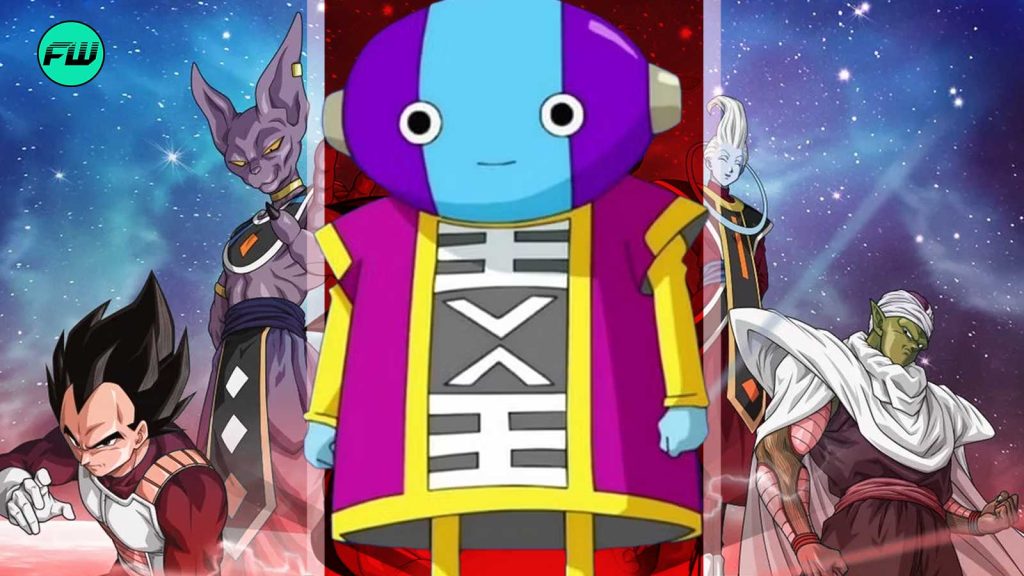Hajime Isayama, the creator of the epic saga Attack on Titan, has captivated audiences worldwide with its dark fantasy series. It is popular for its intricate plot, complex characters, and shocking twists. As the series concluded, fans were left with mixed emotions, tussling with the unexpected turns the story took, particularly regarding its protagonist, Eren Yeager.
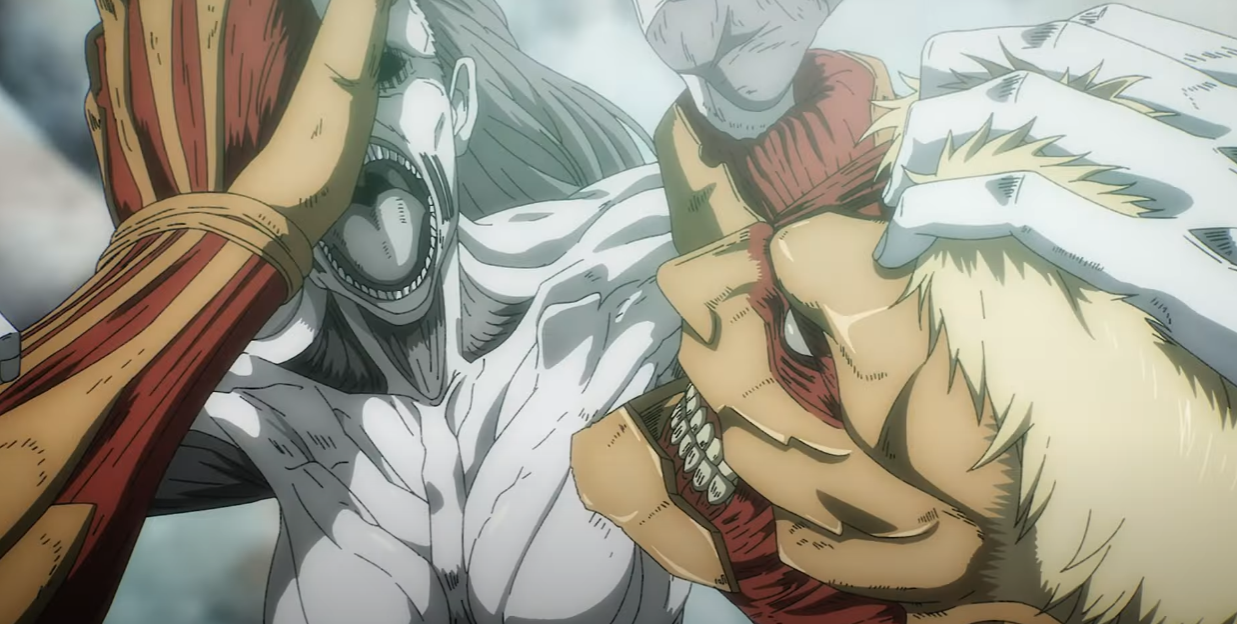
Isayama-sensei revealed surprising details about his long-term vision for the series. His comments have shed new light on the carefully crafted narrative and artistic choices that defined the manga’s journey from its first volume to its last. This offers fans a deeper understanding of the series’ overarching themes and the meticulous planning that went into its creation.
Hajime Isayama’s Master Plan for the Ending
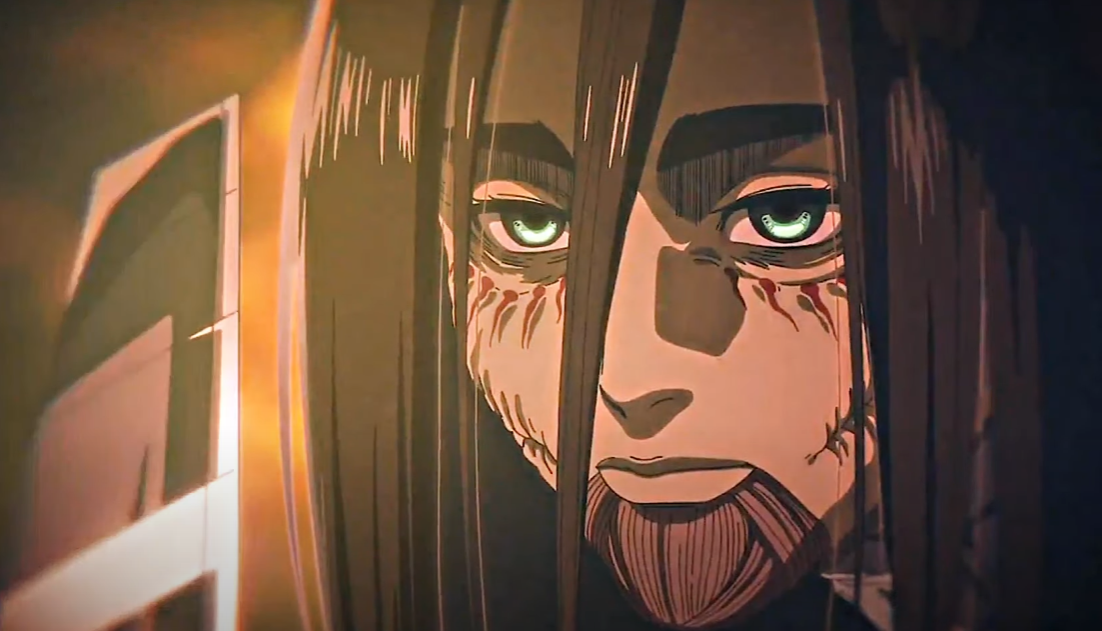
Isayama-sensei’s foresight became evident in his approach to the cover illustration for Volume 33. He deliberately chose to create a parallel with the cover of Volume 1, symbolizing the full-circle journey of Eren’s character. In a joint interview with Yukari Nakao via a user @AttackOnFans on X( formerly Twitter), he revealed:
I had thought about making Eren the final boss character since the beginning of the series. And when deciding on the composition of the cover illustration for volume 33, I came up with the idea of making it the same as the volume 1.
The parallel between the first and penultimate volume covers serves as a visual metaphor for Eren’s transformation throughout. Where Volume 1 depicts Eren as a determined, yet naive soldier facing the Colossal Titan, Volume 33 presents him as the very threat he once swore to eradicate.
The stark contrast between these illustrations not only highlights Eren’s dramatic transformation but also encapsulates the series’ core themes. The first cover’s walled setting compared with the boundless landscape of Volume 33 visually represents the evolution of perspective and the pursuit of freedom. The cyclical nature of conflict also illustrates how roles can be reversed and history can repeat itself in unexpected ways.
Isayama-sensei’s long-term planning extends beyond mere aesthetics, permeating the entire narrative structure of Attack on Titan. This level of foresight demonstrates his ability to craft a complex, multi-layered narrative that maintains its integrity from start to finish.
Artistic Inspiration for AOT’s Illustrations
Beyond the strategic parallels on the cover arts, Isayama-sensei also shared insights into his artistic inspirations and the emotional core of Attack on Titan. He expressed a particular fondness for the sunset scenes. The warm orange hues that dominate many of the series not only create a striking aesthetic but also a sense of nostalgia and impermanence.
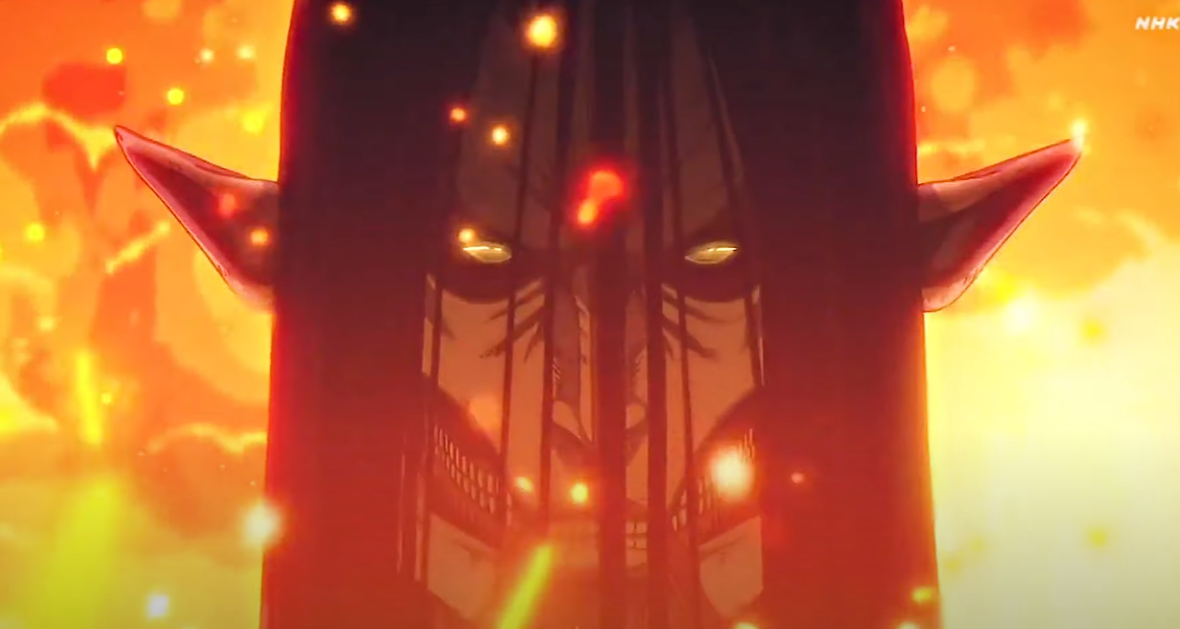
He said:
When I think about my childhood, the first thing that comes to mind is the sunset. There were moments in the year when the weather was perfect, and i thought: ‘I wish I could keep having those moments forever.’
The influence of ARMS by Ryōji Minagawa on Isayama’s cover illustration highlights the collaborative nature of the manga industry. This influence can be seen in the dynamic compositions and attention to detail that characterize Attack on Titan‘s cover art, contributing to its distinctive visual style.
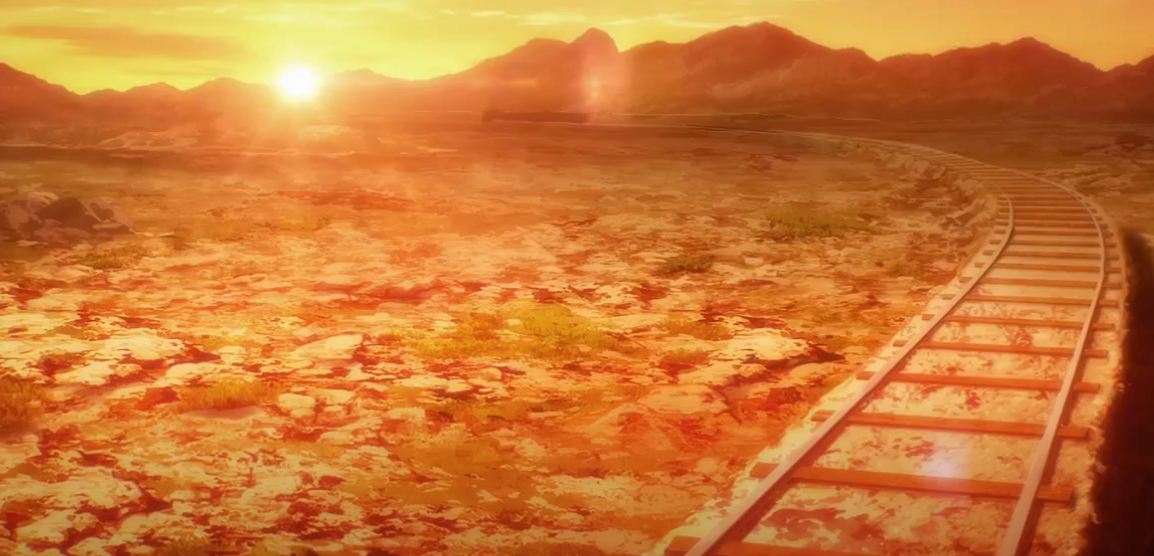
The interview also featured insights from colorist Yukari Nakao, who revealed the influence of Western paintings on Attack on Titans‘s color illustration. He drew inspiration from masterpieces like Rembrandt’s The Night Watch and Da Vinci’s The Last Supper, their dramatic use of light and shadow to create depth and intrigue in the manga’s visual storytelling.
As the series ended, both Isayama and Nakao expressed enthusiasm for the art book, Fly. The publication provides fans with a lasting tribute to the visual legacy of Attack on Titan.
Attack on Titan Final Season is available to watch on Crunchyroll.

